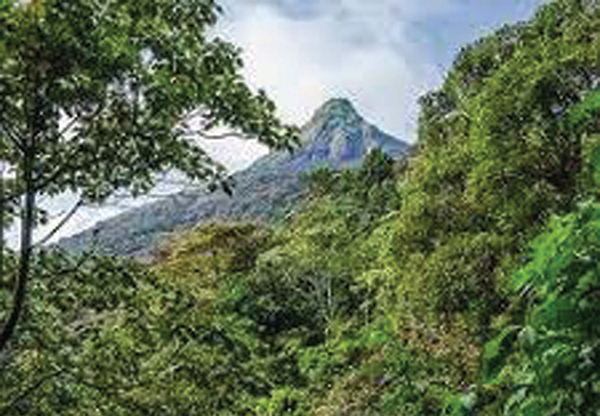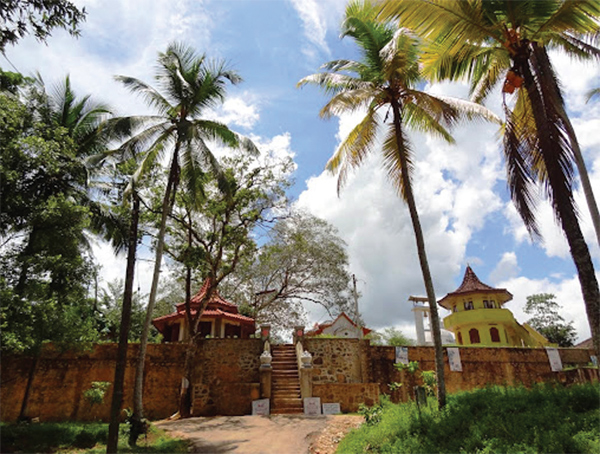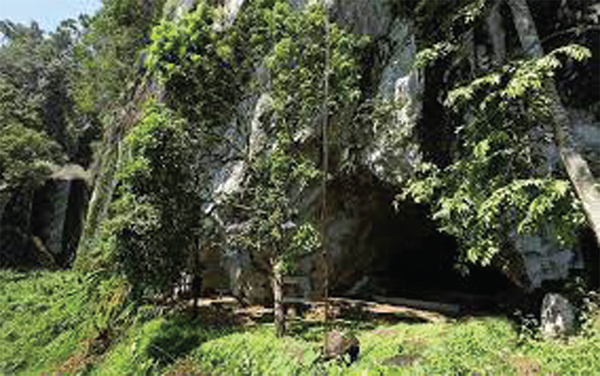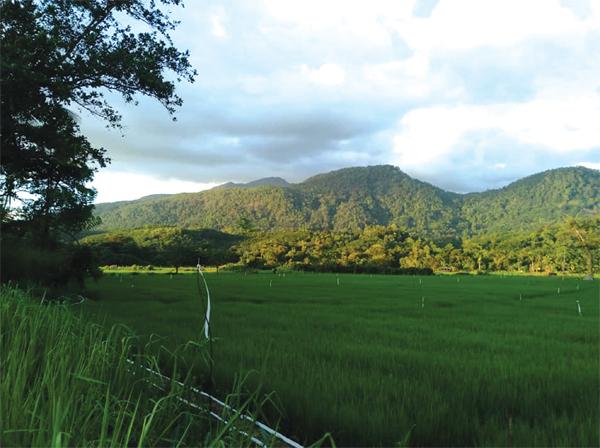
Ratnapura, the capital city of the Sabaragamuwa Province is home to dozens of beautiful, breathtaking locations. This delightful city is mostly known for its glamorous gems which bring people from around the globe to see these magnificent treasures. The gem mining centre of Sri Lanka is also a major crossroad between the Southern plains and the hill country to the East. Ratnapura has a windy, hot and rainy climate. This city was also the ruling centres of many kings and is a district which has a very eventful history.
The name Ratnapura is a Sanskrit word, given to the district by the Portuguese when they were the rulers of this country. It has several meanings. Some people say that the present name is acquired from the Portuguese name Rapadapura, which means jaggery but the most reasonable explanation is that Ratna means gems and pura means the town.
Ratnapura which is located in the wet zone of Sri Lanka has a tropical rainforest climate. The town receives heavy rainfall from the South West monsoon which is from May to September. Convectional rain is seen in most of the months. The average temperature varies from 24 degrees Celsius to 35 degrees Celsius. Although Ratnapura has an appealing environment the citizens of the district face regular floods since the city is situated in the flood plain of the Kalu River.
Although Ratnapura is famous for its gems and agriculture, the city has a rich history with many national heroes. Ehelepola Nilame was a local governor sent to the Sabaragamuwa Province. He built a small reservoir and a water canal to fulfill the needs of local farmers. His works are still being used at present by local farmers.
Ratnapura is one of the most popular areas for gems in the entire world. This fact attracts both local and foreign gem traders to the area. There are three main gem market places in Ratnapura. Abagahamula gem market, Clock tower gem market and Demuwa mawatha gem market.”There are numerous gem mines available in the area, especially in paddy fields on lower ground. Tools such as shovels, picks, pans and cradles are used in the mining process. Recently, the worlds’ largest star sapphire cluster was discovered in an area in Ratnapura.
Tea, rubber and paddy are grown on a large scale. Tasty fruits such as mango. papaya, rose apple, mangosteen, durian, jackfruit and rambutan are frequently found in Ratnapura.
The Ratnapura district is home to many picturesque locations and religious places like the Maha Saman Dewala, Sinharaja Rainforest reserve, Pothgul vihara, Bopath Ella, Katugas Ella, Kirindi Ella, Rajanawa Ella, Udawalawe national park, Adams Peak, Bambarakanda waterfall, Batadomba Lena, Batathotalena, Kuragala Lena, Ekneligoda Walauwa, Maduwanwela Walauwa, Delgamuwa Raja Maha Vihara and the National Museum of Ratnapura.
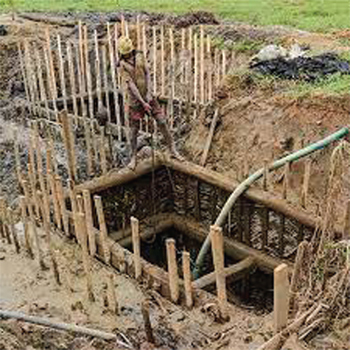 The Maha Saman Devalaya is a shrine dedicated to the deity Saman. The Maha Saman Devalaya has the Esala Perehara in August /September. This tradition was started in the Sabaragamuwa Province. Before the festival’s commencement, ancient rituals come to life; the pirith ceremony, kapsituveema, the smaller Kumbal, Pitamaluwa and Dewlee Peraharas. It concludes with the symbolic water cutting ceremony and the Daval Perehera. The famed Maha Bamba Kolama comprises two faces and is a figure rising to a height of eight feet. It is a unique aspect of the Saman Devala Perahara. Sabaragamu Natum was introduced by the people of Ratnapura and is the only perehara which has female dancing groups other than the normal performers.
The Maha Saman Devalaya is a shrine dedicated to the deity Saman. The Maha Saman Devalaya has the Esala Perehara in August /September. This tradition was started in the Sabaragamuwa Province. Before the festival’s commencement, ancient rituals come to life; the pirith ceremony, kapsituveema, the smaller Kumbal, Pitamaluwa and Dewlee Peraharas. It concludes with the symbolic water cutting ceremony and the Daval Perehera. The famed Maha Bamba Kolama comprises two faces and is a figure rising to a height of eight feet. It is a unique aspect of the Saman Devala Perahara. Sabaragamu Natum was introduced by the people of Ratnapura and is the only perehara which has female dancing groups other than the normal performers.
The Hath maluwa (a curry with seven vegetables) is also a unique feature of the Sabaragamuwa Province. This dish is made during the Sinhala and Tamil New Year.
I am very lucky to be often in the splendid environments Ratnapura can offer because that is my father’s hometown. When I am in Ratnapura, every morning when I wake up I am able to see the golden sun glowing and glistening in the bright blue sky.
The morning melody of birds together with the croaks and grunts of animals creates an orchestra of sounds. The ponds and rivers transform into threads of gold flowing through plains. The mountains tower above every structure in sight and in the morning they are enveloped with the thick morning mist. The paddy fields are painted with rolls of vibrant green paint. Gigantic trees dance in the wind.
The white houses sparkle in the sunlight making me imagine that they were angels coming from the distance to greet me. Our village named Walandura, Kuruwita is tiny, appealing and its people are very friendly. Gleaming white temples are framed against the light blue sky. These are the true beauties which Ratnapura can offer.
Although this beautiful city has stunning and magnificent locations, people have begun to destroy them recently. Since Ratnapura is famous for gems people are engaged in unlimited gem mining. This may cause floods and earth slips, which affect both nature and humans.
Don’t you think this wonderful city should be protected? I think so.
As intelligent Sri Lankans we must protect our heritage sites and the environment so that our future generations will be able to witness these glamorous beauties.
By Buvindu A. Manamperi
Grade 7,
Lyceum International School,
Nugegoda.
